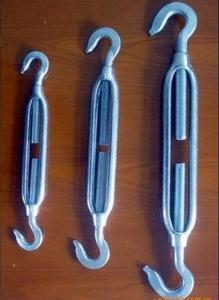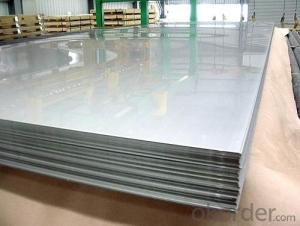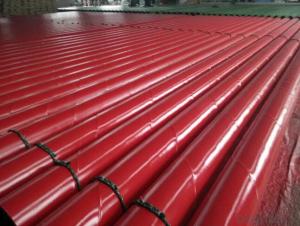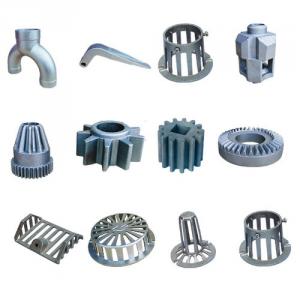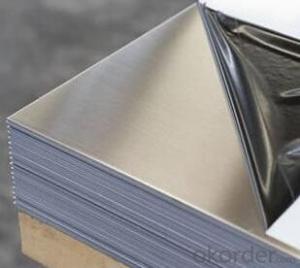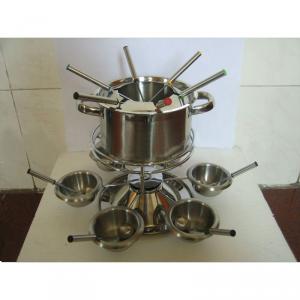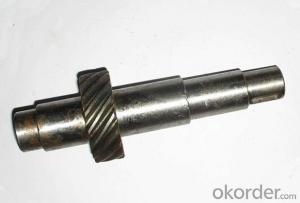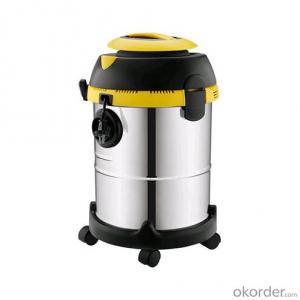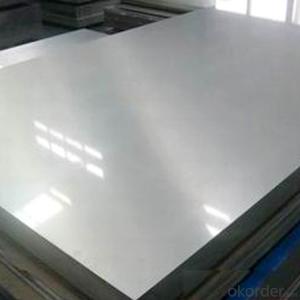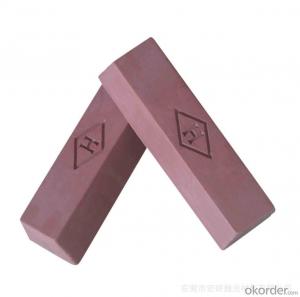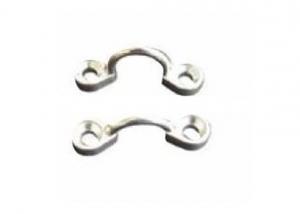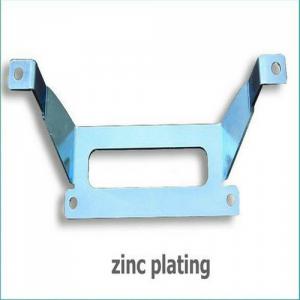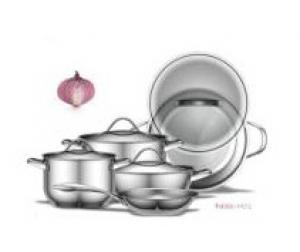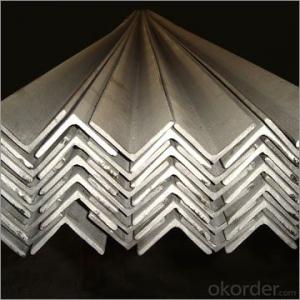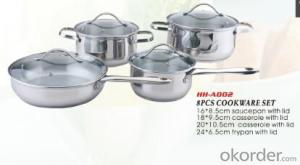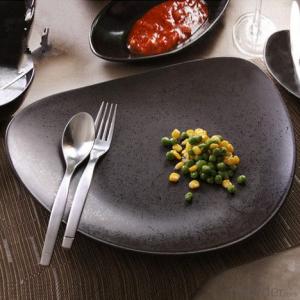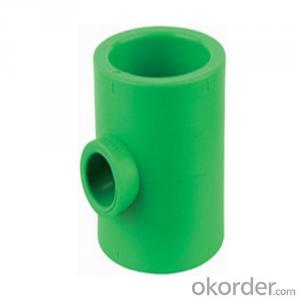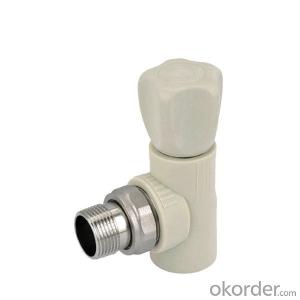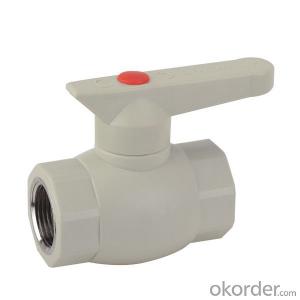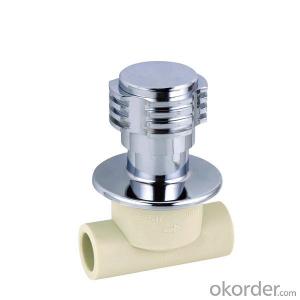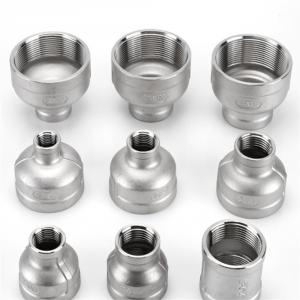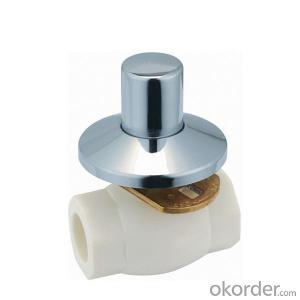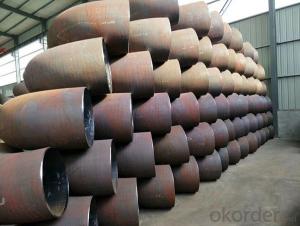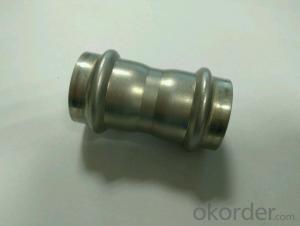Acetone On Stainless Steel
Acetone On Stainless Steel Related Searches
Stainless Steel Acetone Acid Stains On Stainless Steel Aluminum On Stainless Steel Vinegar On Stainless Steel Acid Etching Stainless Steel Painting On Stainless Steel Bleach On Stainless Steel Stainless Steel Adhesive Glue To Stainless Steel Anodizing Stainless Steel Rust On Stainless Steel Scratches On Stainless Steel Steel Wool On Stainless Steel Stainless Steel Sheeting Painting Stainless Steel Mold On Stainless Steel Etching Stainless Steel Annealing Stainless Steel Get Rust Off Stainless Steel Stainless Steel Coating Paint For Stainless Steel Sublimation On Stainless Steel Magnet On Stainless Steel Painting Of Stainless Steel Stainless Steel Etching Paint Stainless Steel Spray For Stainless Steel Pitting On Stainless Steel Scratches In Stainless Steel Stainless Steel CteAcetone On Stainless Steel Supplier & Manufacturer from China
Acetone On Stainless Steel is a specialized cleaning solution designed to remove various types of residues, grease, and contaminants from stainless steel surfaces. This product is formulated to be highly effective, ensuring that stainless steel surfaces are left clean and streak-free. The application of Acetone On Stainless Steel is widely used in various industries, such as manufacturing, automotive, and food processing, where maintaining the cleanliness and integrity of stainless steel equipment is crucial. It is particularly useful in scenarios where precision cleaning is required, such as in the removal of fingerprints, oil, and other stubborn stains from stainless steel components.Okorder.com is a reputable wholesale supplier of Acetone On Stainless Steel, offering a vast inventory to cater to the needs of businesses and industries that require this product for their operations. As a trusted supplier, Okorder.com ensures that customers have access to high-quality Acetone On Stainless Steel at competitive prices, making it an ideal choice for those seeking a reliable source for their cleaning needs.
Hot Products







